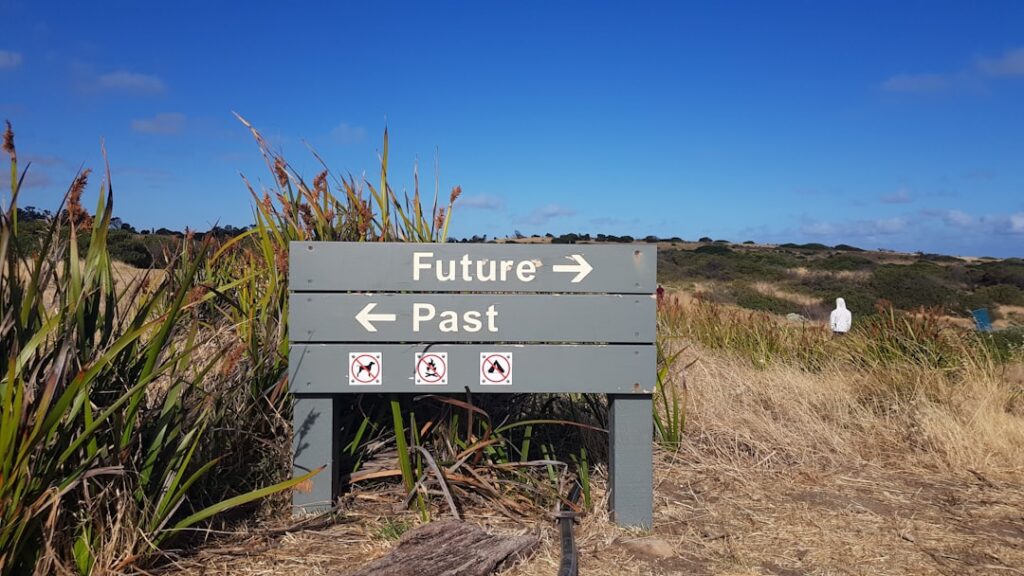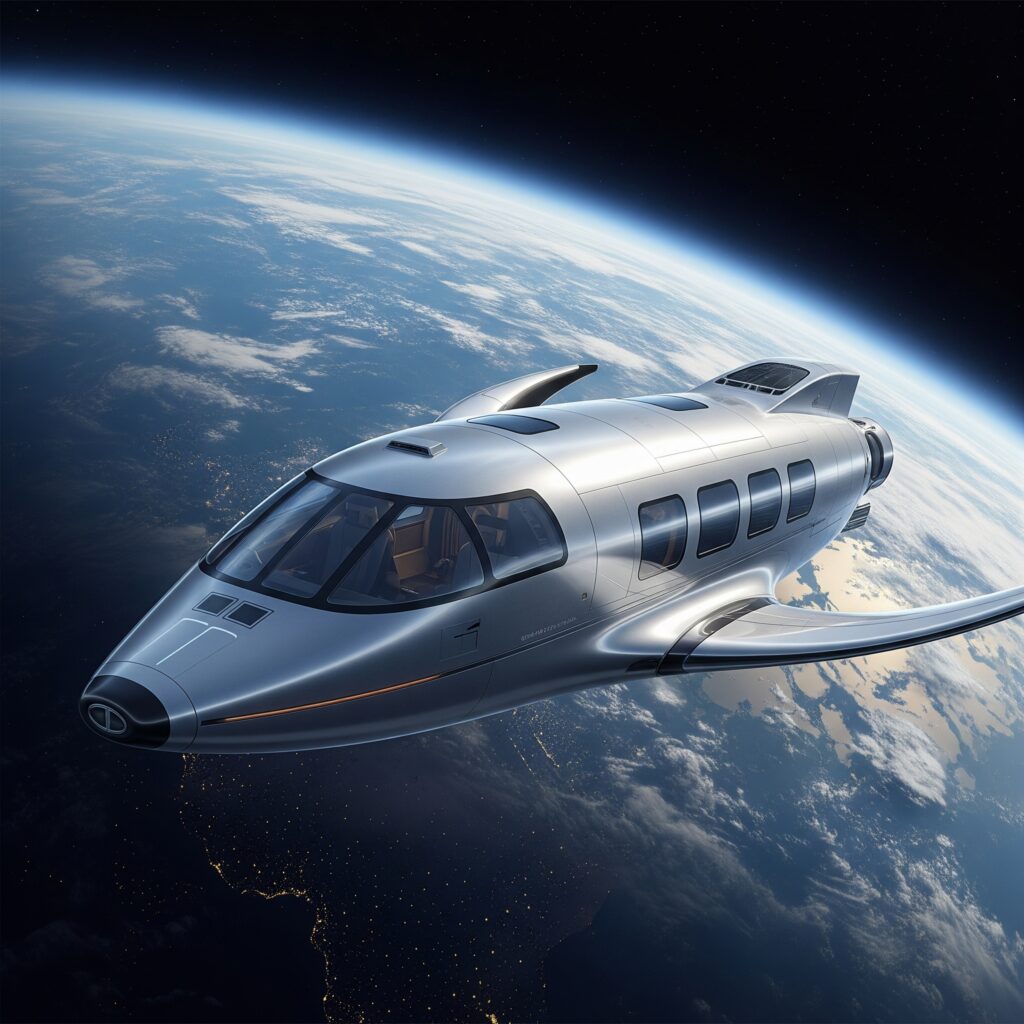Unlocking the Mysteries of the Past: History, Memory, and Our Present
Understanding the Past: A Multifaceted Concept
The past. A seemingly simple word, yet it encompasses a vast and complex tapestry of experiences, events, and interpretations. It’s not merely a chronological sequence of events; rather, it’s a dynamic entity constantly shaped by our present understanding and future aspirations. This exploration delves into the various facets of the past, examining its impact on our present and the methodologies used to understand it.
The Historical Past: Evidence and Interpretation
Historical research strives to reconstruct the past through meticulous examination of primary and secondary sources. From ancient artifacts to contemporary documents, historians analyze evidence to build narratives and draw conclusions. However, it’s crucial to acknowledge that historical interpretation is never objective. Historians’ biases, perspectives, and the available evidence itself shape the stories we tell about the past. This inherent subjectivity necessitates critical engagement with historical accounts, encouraging a nuanced understanding of past events.
The Personal Past: Memory and Identity
Our personal past is equally complex, shaped by individual memories, experiences, and relationships. Memory, however, is not a perfect recorder. It’s susceptible to distortion, omission, and reconstruction, influenced by our emotions, beliefs, and present circumstances. Understanding our personal past involves reflecting on our memories, acknowledging their fallibility, and integrating them into our sense of self. This process is crucial for personal growth and identity formation.
The Collective Past: Shared Narratives and Cultural Heritage
Beyond individual experience, we share a collective past shaped by cultural heritage, national identity, and shared historical narratives. These collective memories, often enshrined in traditions, monuments, and stories, contribute to a sense of belonging and shared identity. However, collective memories can also be manipulated and used to reinforce ideologies or exclude certain groups. Therefore, critical examination of collective narratives is essential for a more inclusive and accurate understanding of the past.
Methods of Exploring the Past
Historical Research Methods: Sources and Analysis
Historians employ a range of methods to investigate the past, including archival research, oral history, archaeological excavation, and analysis of visual and material culture. Each method offers unique insights, but all require rigorous methodology and critical analysis to ensure accuracy and validity. The interpretation of sources is paramount, requiring careful consideration of context, bias, and the limitations of the evidence itself.
- Primary Sources: Direct evidence from the period being studied (e.g., letters, diaries, artifacts).
- Secondary Sources: Interpretations and analyses of primary sources by historians and other scholars.
Memory Studies: Exploring Personal and Collective Recollections
Memory studies offer insights into the workings of memory, both individually and collectively. This interdisciplinary field draws on psychology, sociology, and history to examine how memories are formed, stored, retrieved, and shared. It helps us understand the complexities of personal recollections and the ways in which collective memories shape our understanding of the past.
Archaeological Investigation: Unearthing the Material Past
Archaeology provides a tangible connection to the past through the excavation and analysis of physical remains. From ancient settlements to everyday objects, archaeological discoveries offer invaluable insights into past societies, their cultures, and their ways of life. Advances in technology have further enhanced the ability of archaeologists to interpret and understand past civilizations.
The Past’s Influence on the Present
The past profoundly shapes our present. Our institutions, beliefs, and social structures are all products of historical processes. Understanding the past is therefore crucial for navigating the challenges and opportunities of the present. By acknowledging the mistakes and successes of the past, we can work towards a more just and equitable future. Ignoring the past, however, risks repeating past errors and failing to learn from previous experiences.
Conclusion: A Continuous Dialogue with the Past
The past is not a static entity, but a dynamic and evolving construct. It’s a constant dialogue between our present understanding and the evidence we uncover. By engaging critically with historical sources, reflecting on our personal memories, and acknowledging the influence of collective narratives, we can develop a richer and more nuanced understanding of the past and its enduring impact on our present and future. The journey into the past is a continuous one, requiring ongoing inquiry, critical reflection, and a commitment to understanding the complexities of our shared human story.


